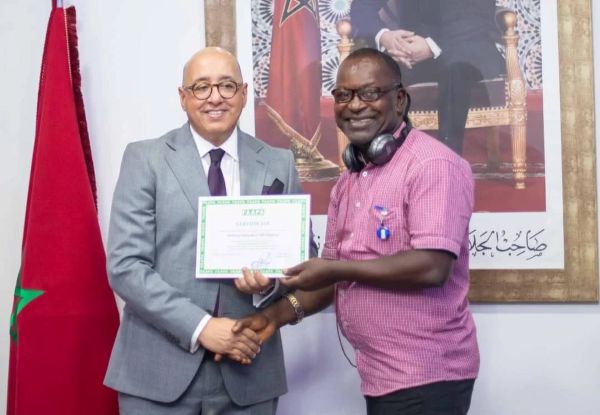The Federation of African Press Agencies (FAAPA) has pledged to provide more opportunities for photojournalists to tell authentic African stories through powerful visual storytelling.
The President of FAAPA and Director-General of the Moroccan Press Agency (MAP), Mr. Fouad Arif, made this known on Friday at the close of a five-day photojournalism training held in Rabat, Morocco.
Arif said the training was designed to empower African photographers to portray the continent with creativity and authenticity, adding that the seminar’s objectives were “totally met.” He reaffirmed FAAPA’s commitment to building professional capacity across African newsrooms.
According to him, participants will have opportunities to cover major upcoming events in Morocco, including the Cannes competition later this year and the FIFA World Cup. He also announced that Marrakech will host FAAPA’s next General Assembly.
The FAAPA President urged participants to remain connected through digital platforms, submit entries for the FAAPA Photography Awards, and continue to promote Africa’s image through compelling storytelling.
Speaking on behalf of the participants, Dr. Josephine Essomba commended the organisers for providing “perfect” training conditions and praised the collaborative teaching model adopted throughout the seminar. She emphasized the importance of Africans telling their own stories, adding that the workshop reinforced the need for journalists to capture the continent’s beauty, diversity, and resilience.
Participants also expressed gratitude to MAP for its hospitality and for providing a conducive learning environment.
In his remarks, Mr. Thierry Gouignon, a resource person and photojournalist from Côte d’Ivoire, highlighted the significance of visual storytelling in shaping Africa’s global image. “Through this profession, photojournalists can better tell the lives of Africans. It is a challenge to be present, to be as realistic as possible,” he said, urging participants to merge journalism and photography to enhance their storytelling skills.
Gouignon also called on FAAPA to replicate similar training sessions across the continent to help journalists surpass public expectations.
Another participant, Ms. Isabel Bento, a multimedia journalist from the Namibia Press Agency, described the course as “more in-depth and enlightening” than previous photography workshops she had attended. She suggested that future editions include more English and Portuguese translations to ensure inclusivity among non-French-speaking participants.
Bento expressed appreciation to FAAPA and MAP for the opportunity, noting that the training had equipped her with new techniques and ethical insights to improve her storytelling through photography.
“We are very grateful for the platform, and I believe it will help us become better photojournalists capable of telling Africa’s great stories through images,” she said.


